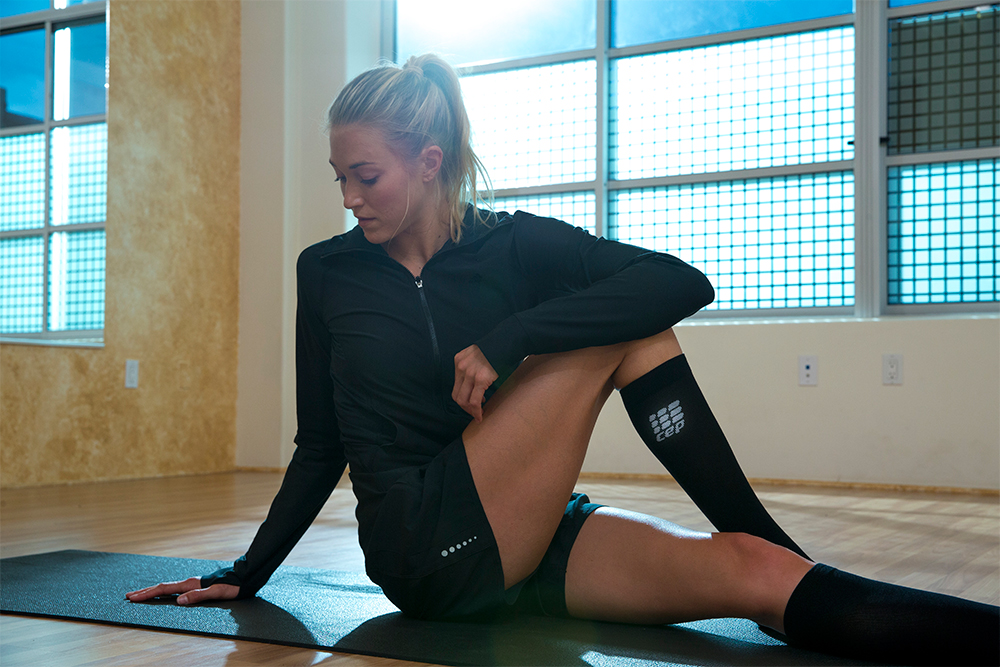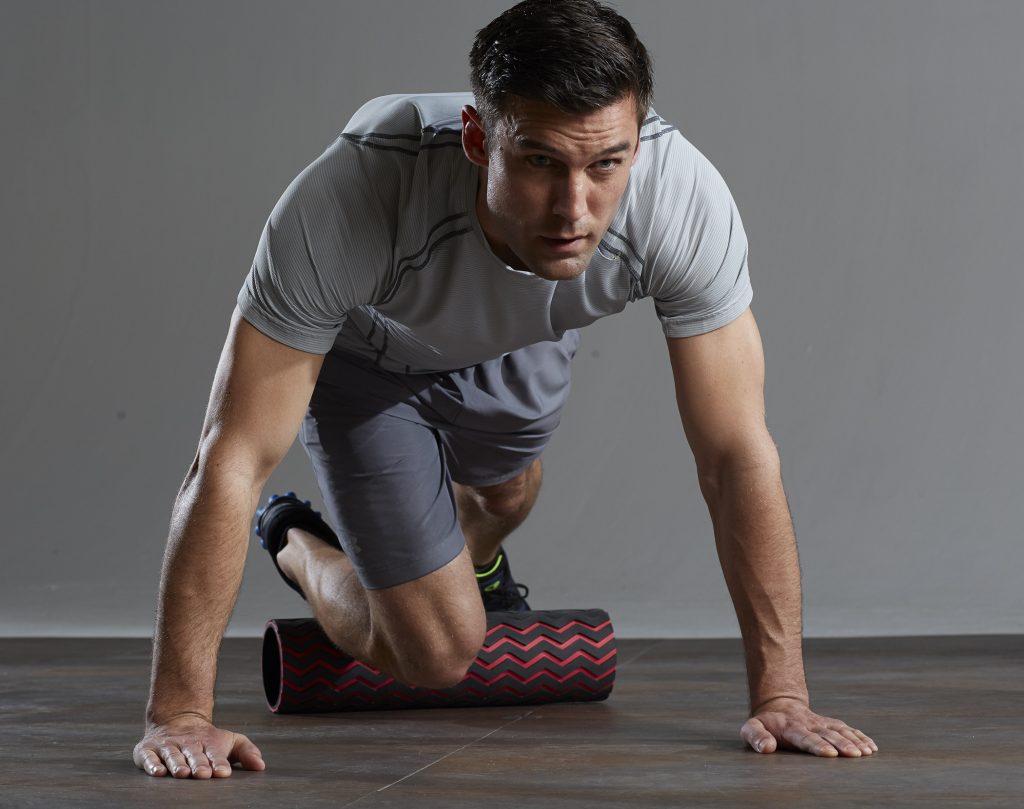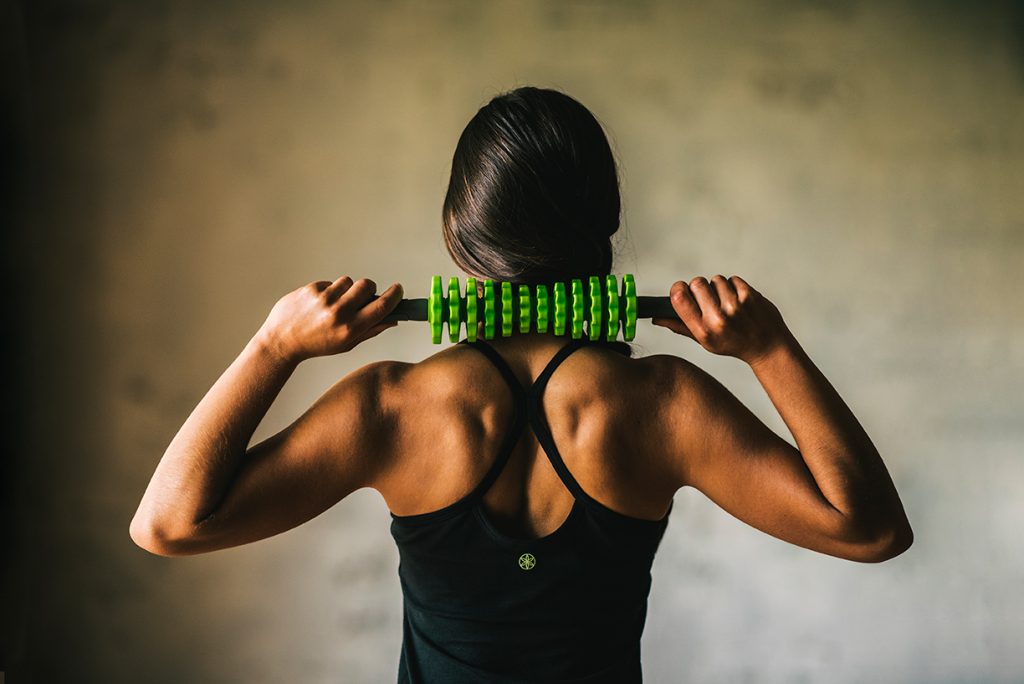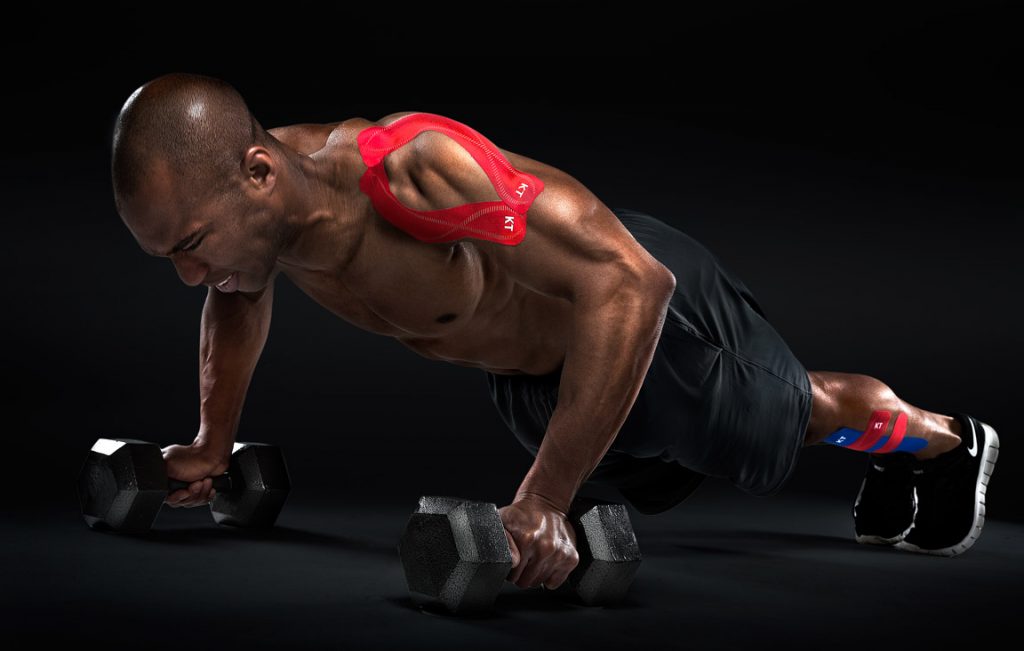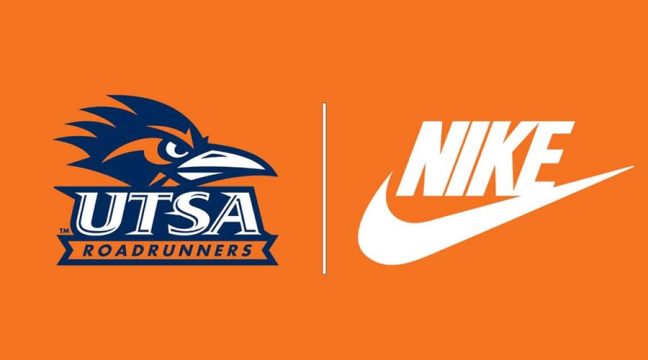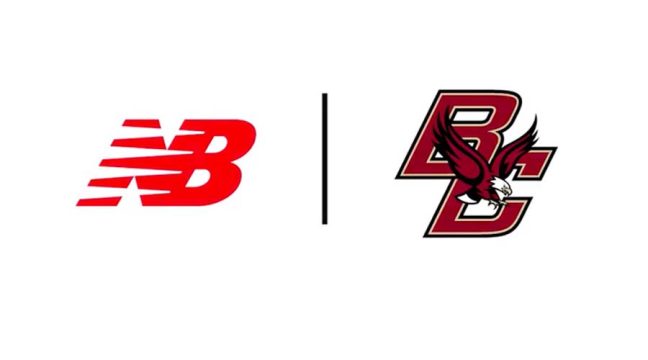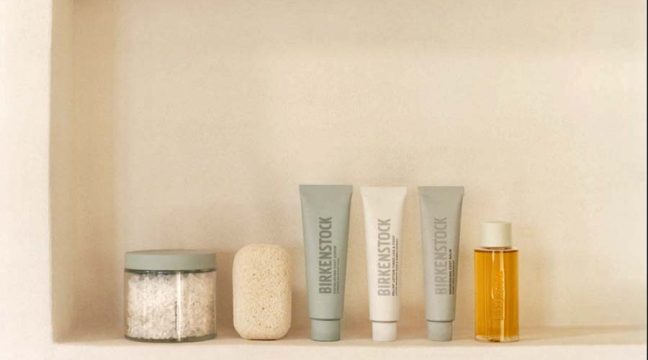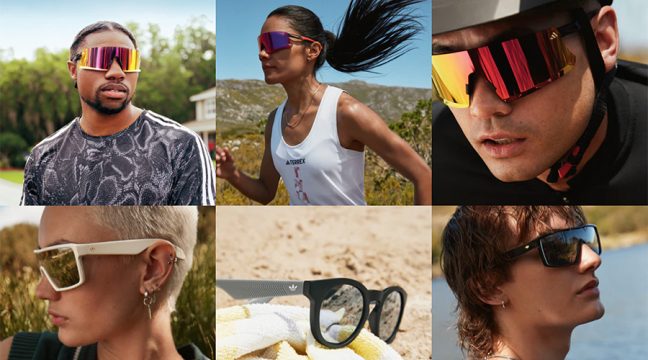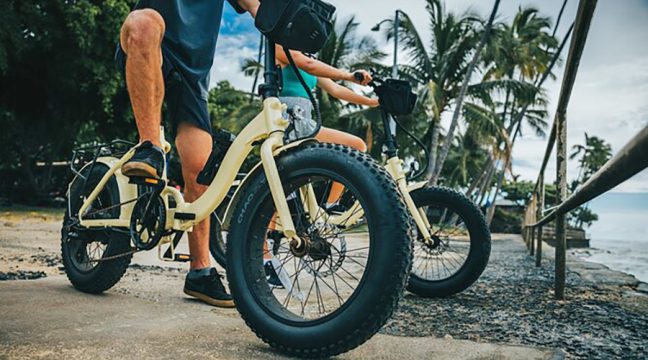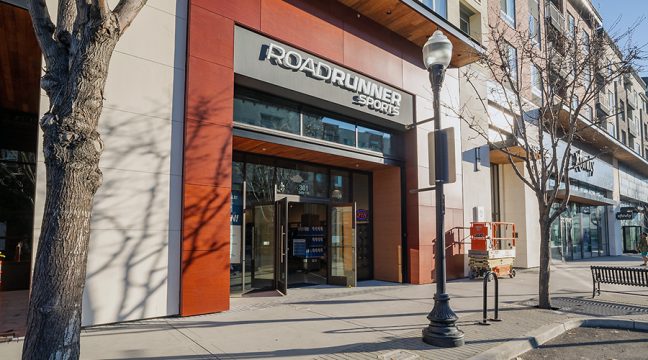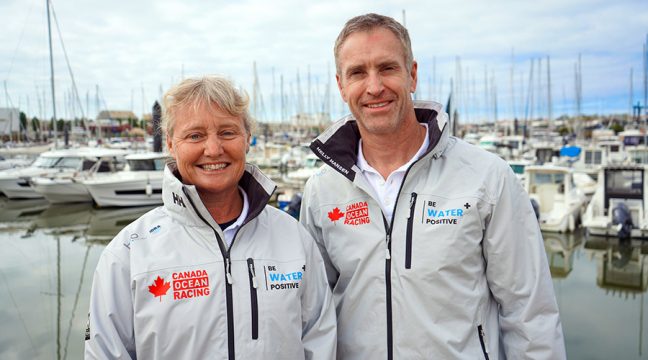Athletes get smart about training and recovery thanks to lightweight gear and increased education.
Your customers are going longer, harder and faster in their pursuits. You’ve outfitted them with the right apparel, footwear and gear for the day… now how about the night and day after?
The upstart training, recovery and sports medicine active lifestyle category has only really been around for the past decade, coming out of the shadows of the health-care world. But as more amateur athletes get advice from trainers and see the pros wearing compression sleeves and braces on the field, the space has experienced notable growth over the past few years.
After a 13 percent rise in 2014 dollar sales for the SSI Data* Sports Medicine category (which includes braces, supports, wraps and compression sleeves), business has cooled some at retail in the trailing 52 weeks (through April 9, 2016) — down 5 percent in dollars and 7 percent in units — but brands say the category is still hot.
A closer look at the category shows there is retail sales growth in brace sales — up 6 percent with strong uptick in knee, elbow and back products over the past 52 weeks. Compression sleeves are also up 2 percent during the period. Compression wear sales (which SSI Data covers as part of its apparel figures) show modest improvement in compression tops — up 2 percent in units and flat on dollars — and explosive growth in compression bottoms — up 62 percent in units and 50 percent in dollars — for the trailing 52 weeks.
So what’s the overall prognosis of Recovery trends to follow? SGB takes a look at what’s driving growth and consumer interest.
Muscles Is The Magic Word
Among the most well known pieces of recovery equipment is the roller, and brands report its popularity is keeping stride as the industry evolves to include new products and players. “Foam rollers and self-massage sticks are currently the category leaders,” said Susan Haney, senior vice president and head of marketing at Gaiam. Moji’s Founder and CEO, Victor Viner reiterated, “companies continue to innovate with hand-held rollers, foam and rolling balls and other muscle therapy products.”
The key word here is muscle.
“The muscles are the most neglected part of the human anatomy,” said Spring Faussett, founder of Tiger Tail and a pioneer in hand-held foam rolling. Faussett brought her classic 18-inch hand-held roller to the masses in 2006, when the lifestyle recovery category was in its infancy. Beforehand, the products were largely targeted toward the health-care industry.
SPRI, owned by Gaiam, is targeting muscles, along with joints and nerves, in strategies that enhance mobility. “Much of the shift in recovery approaches is the result of a deeper understanding of the significant role the fascia plays in movement,” said Greg Niederlander, director of programming at SPRI. Fascia is a thin layer of tissue covering our muscles, and it’s the buzzword we’ll be seeing used more in the recovery roller space.
The trend can be credited to an ancient recovery method dating back thousands of years —massage. The goal of foam rolling is to mimic the deep steady frictional pressure of massage to create micro stretch tears that help soothe and repair muscles while eliminating waste.
Growth Drivers In The Space Include:
• An aging population living longer and looking for ways to stay active;
• More marathons, CrossFit gyms and Tough Mudder races pushing bodies to a breaking point;
• The adoption of more at-home exercises; and
• An efficiency mindset for faster training and recovery with preventive care.
“The average age of the recovery user is 42,” said Jon Graff, director of marketing at SPRI. There is no doubt the aging consumer is number one on the list for targeted users, followed by the athlete.
At Gaiam, officials also see growth in “body part” conditioning, which tells us consumers are looking for condition-specific products that address chronic pain, most commonly associated with active aging. In Fall 2016, a new Gaiam Relax line will look to address physical and mental stress-relief recovery. Meditation will become a “recover” focus — a trend that has picked up momentum after heat maps of the brain proved its tranquilizing affect.
TriggerPoint, owned by Implus is also expanding from foam rolling into balls, sticks and travel-friendly products. “Consumers are calling for it, and it shows society is starting to take rolling and mobility enhancement seriously, while taking pride and investing in a self-care routine,” said Implus Fitness Marketing Director Janelle Ronquillo.
Tiger Tail also will come to market with a new ball product — The Curve Ball — departing from its heritage stick roller. Balls are making a surge across the category, as they are both portable and target tight-spots in the glutes and back.
Compression And Support
The former stereotype of compression socks, knee braces and tape was that of an aging, broken athlete.
As technology has advanced making many of these items lighter and less restrictive, now the gear is viewed to not only aid recovery, but enhance performance and prevent injuries. With high-profile stars such as Stephen Curry and Von Miller sporting the gear every game day, these high-visibility items have become a fashion statement for some consumers.
Compression wear and socks were once only worn to recover – helping increase blood flow through sore areas and reducing inflammation. Now, they’re also being worn during the activity to help keep muscles in place and reduce vibration, said Mike Potter, U.S. director for German compression sock brand CEP. The key for these socks and apparel isn’t just about tightness, but graduated compression, with a greater squeeze on the body parts farther away from the heart to get blood and waste moving in the right direction.
The difference in a running compression sock versus a recovery one? The running sock will likely have graduated compression in the ankle but consistent compression in the calf so it stays up, Potter said. It’s best for users to switch to a recovery sock with full, graduated compression all the way up through the calf post run. Synthetic materials mixed with spandex have worked best for compression, Potter added. Other materials like merino can be used, although the company finds that the strength of compression breaks down faster with merino versus synthetics.
Athletes are also wearing braces more often as the products have slimmed down, become less obtrusive and more joint-specific to target problem areas, said Dawn Ferreira, senior product specialist with Zamst. “We analyze 217 points on the body.” Expect to see more customized fits also, thanks to variable compression offered by brands like Boa (the same as in your ski boots).
Kinesiology tape, made famous by KT Tape sponsor and U.S. Olympic Volleyball star Kerri Webb, is another area of increased interest from consumers wanting to train like the pros. Again, the product started in the injury-recovery space as a non-obtrusive way to support injured muscles, but has moved to an essential piece of equipment for healthy athletes, said Ted Forcum, a chiropractor and member of KT Tape’s Medical Advisory Board.
“From a performance standpoint, you can utilize tape to alter the range of motion and help feel the body in space,” he said. “It also creates neuromuscular feedback, called proprioception, that inhibits (relaxes) or facilitates stronger firing of muscles and tendons.”
Advances in tape include better recoil (stretch with support) and water-resistance with synthetic materials. Adhesives have also gotten better, allowing users to wear the products for consecutives days.
Training And Recovery 101
The numbe one challenge in the training, recovery and sports medicine field is education.
The flood of new products in the category does not make the human body invincible, and when the body is really hurt, rest is the doctor’s first order. “But everyone wants to be their own doctor, today,” Zamst’s Ferreira said.
To stop consumers from rushing to WebMD, brands are partnering with medical experts to develop educational content, increasingly through instructional online videos and virtual training for retailers. KT Tape, for example, has more than 50 videos online on how to apply its product for a long list of injuries. TriggerPoint also has an education portal (tptherapy.com/watch) where specialists provide free, progressive training on how to use its recovery products.
Ronquillo at Implus added, “We want to build programming and proper guidance first, because we have a lot of nerves in our muscles, and need to be careful how we treat them.” And as for new brands entering the category she said, “We will see new players trying to creep in with new products, but I believe education should be the judge on whether they are beneficial and will last.”
Another trend to watch, digital feedback on how that brace, tape or compression wear is performing on the body via sensor tracking. The fitness tracking movement was bound to seep into recovery, so keep an eye out for that shift.
More brands are also investing in clinical studies that prove their methods, while looking to clarify use to the consumer. “Retailers want to appeal to the largest audience, so brands can’t get way too technical,” said Faussett with Tiger Tail.
In the next five years, players in the category project to see more technology, like lasers or muscle stimulation, but for now the industry is trying to walk before it runs.
Lead photo courtesy CEP
*SSI Data, powered by SportsOneSource, collects and analyzes point-of-sale data from more than 20,000 retail doors across nine channels of distribution. To learn more call 303.997.7302.

